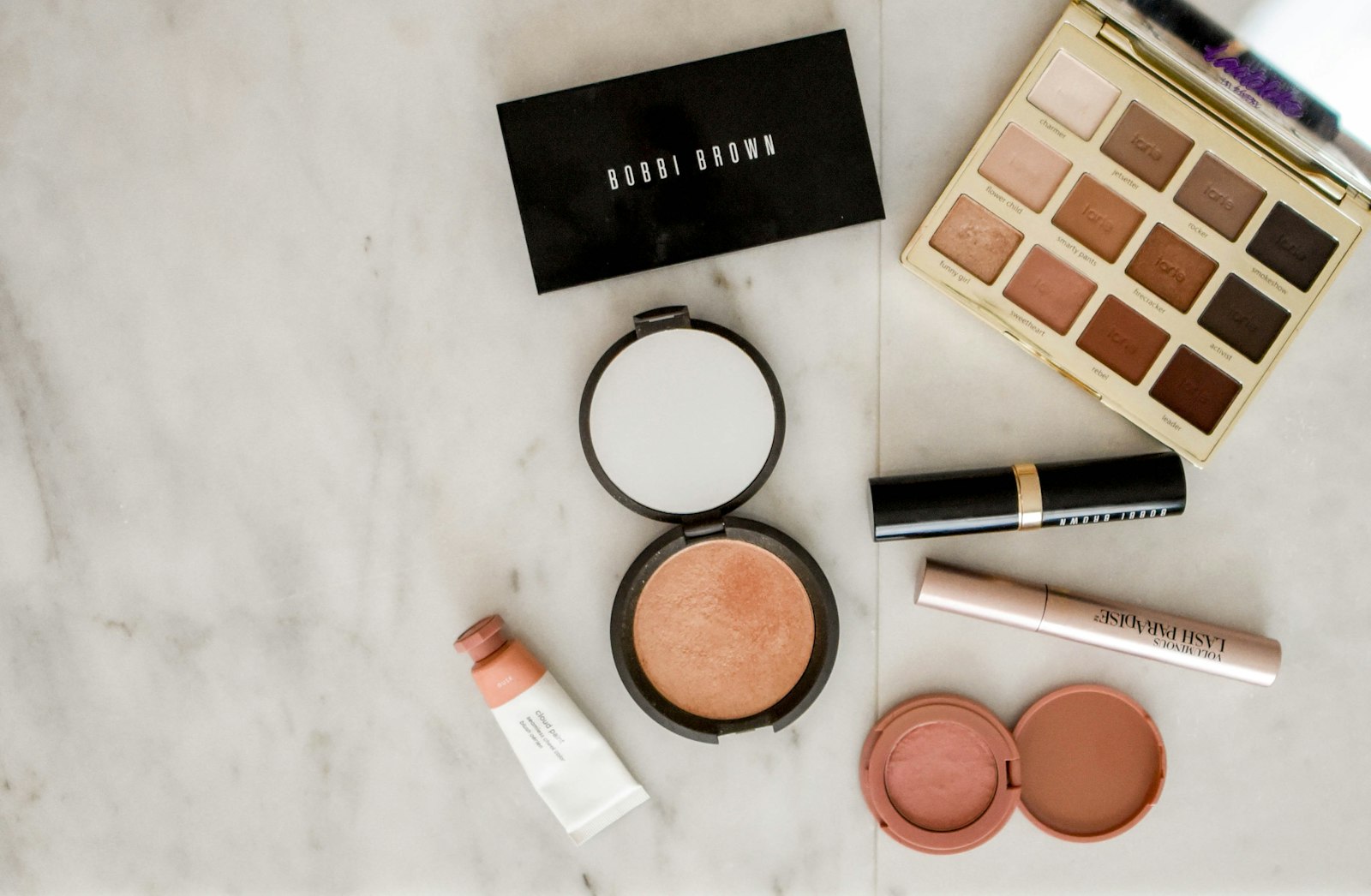Custom Shear Fitting & Modifications
Measurement, customization, and modification options for bespoke shear fitting.

Who needs custom fitting
Advanced cutters, educators, and high-volume stylists often outgrow standard shear ergonomics. Custom fitting protects joints, improves control on extreme techniques (dry detailing, precision bobs, editorial slicing), and extends the service life of premium tools. Use this blueprint when you notice chronic tension, grip adjustments mid-service, or inconsistent edge wear.
Baseline measurements
Record these measurements before commissioning modifications. Store the data alongside photos in your fit archive.
| Measurement | How to capture | Why it matters |
|---|---|---|
| Hand span | Measure from thumb knuckle to ring-finger knuckle with a flexible tape | Determines shank length and offset adjustments |
| Thumb depth | From thumb tip to first knuckle | Guides ring inserts, cut-downs, or swivel tension |
| Wrist deviation | Film a 30-second cutting motion; note angle relative to forearm | Confirms if crane/offset adjustments are required |
| Preferred cutting angles | List techniques (90° vertical, 45° diagonal, over-comb) | Influences tang positioning and balance |
| Current pain points | Document numbness, tingling, or fatigue zones | Prioritizes ergonomic changes |
Modification menu
| Modification | What it does | Price range (USD) | Lead time |
|---|---|---|---|
| Ring resizing or inserts | Tightens fit without pressure points | $25–$60 | While-you-wait or 1 week |
| Shank shortening | Brings thumb closer to pivot for small hands | $60–$120 | 1–2 weeks |
| Tang repositioning / custom tang | Adjusts pinky support for balance | $40–$90 | 1 week |
| Handle rebending | Realigns offset or crane angles | $80–$150 | 2–3 weeks |
| Swivel conversion | Adds a rotating thumb mechanism | $180–$280 | 3–4 weeks |
| Steel-specific edge tuning | Matches bevel/convex hybrid requests | $50–$90 | Bundled with sharpening |
Safety note: Handle rebending and shank cutting must be done by factory-trained technicians. DIY attempts void warranties and can fracture the steel.
Partnering with modifiers
- Vendor short list: Contact manufacturer custom shops (Mizutani, Kasho, Joewell), specialist sharpeners, or independent tool makers with references.
- Portfolio review: Request before/after photos and client testimonials—especially for conversions like double-swivel or extreme offset.
- Trial shears: Borrow demo models with similar mods before altering your primary tool.
- Service agreement: Document requested changes, tolerance ranges, warranty terms, and turnaround expectations.
- Shipping: Use hard cases, blade guards, and insured shipping. Include a written checklist with marked measurements.
Post-modification protocol
- Film the first cutting session to compare wrist alignment.
- Log tension adjustments, oiling, and any friction points in your maintenance records.
- Reintroduce high-risk techniques gradually (slide cutting, razor-smooth layering) to ensure stability.
- Schedule a follow-up with the modifier after 30 days with photos and notes.
When to retire instead of modify
- Blade length differs more than 0.5” from your needs (risking balance issues).
- Steel micro-fracturing or corrosion already present.
- Multiple failed modifications from previous owners.
- Edge has been over-ground with knife-style equipment.
Integration with Learning Hub workflows
- Pair the fitting project with Handle Ergonomics and Injury Prevention.
- Update your dashboard with tool ROI before/after the modification.
- Coach mentees using the same measurement template so they start their careers with well-fitted tools.
Custom fitting is an investment in longevity. Track data, partner with certified technicians, and review ergonomics quarterly to keep premium shears performing at their peak.

